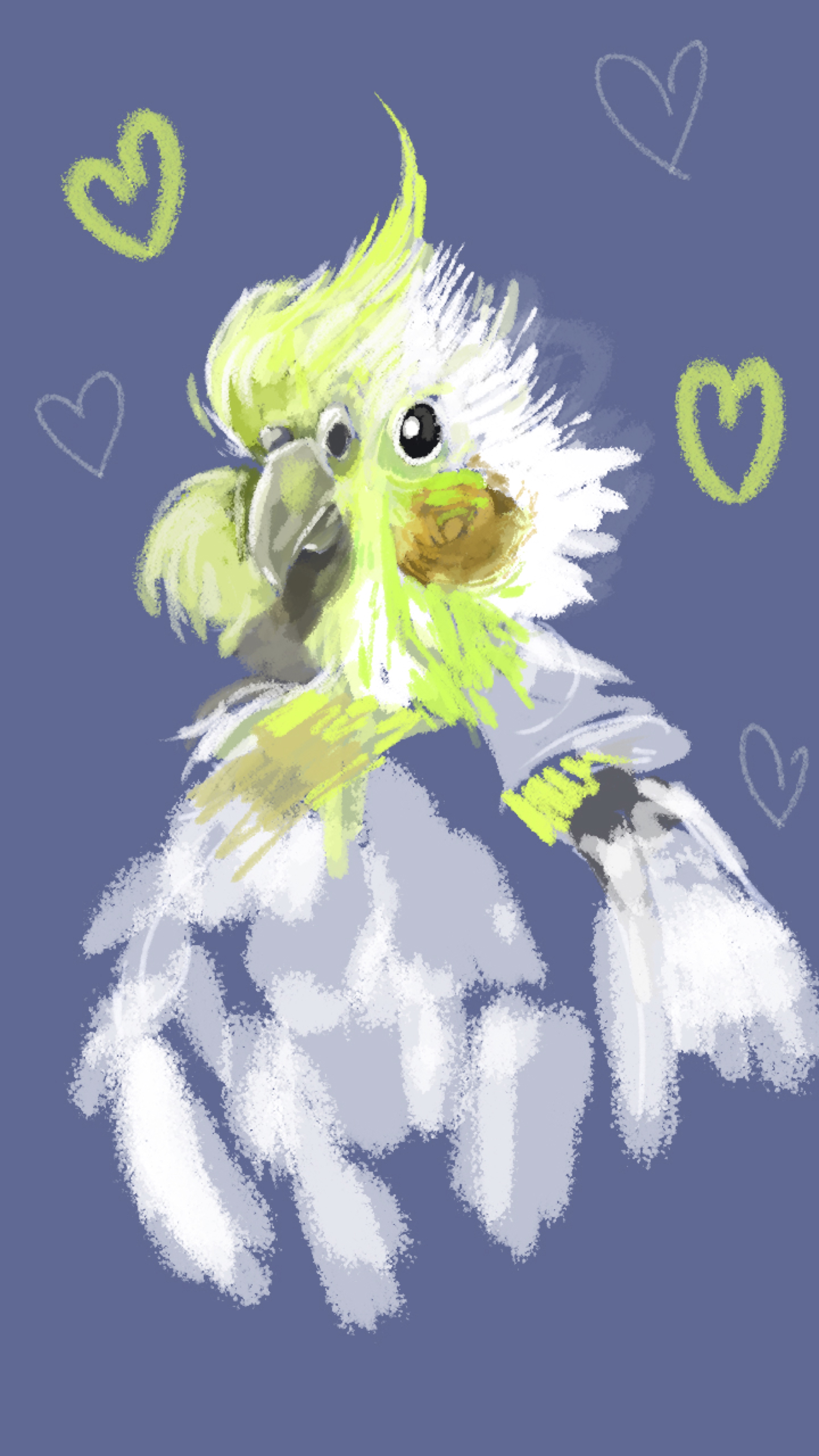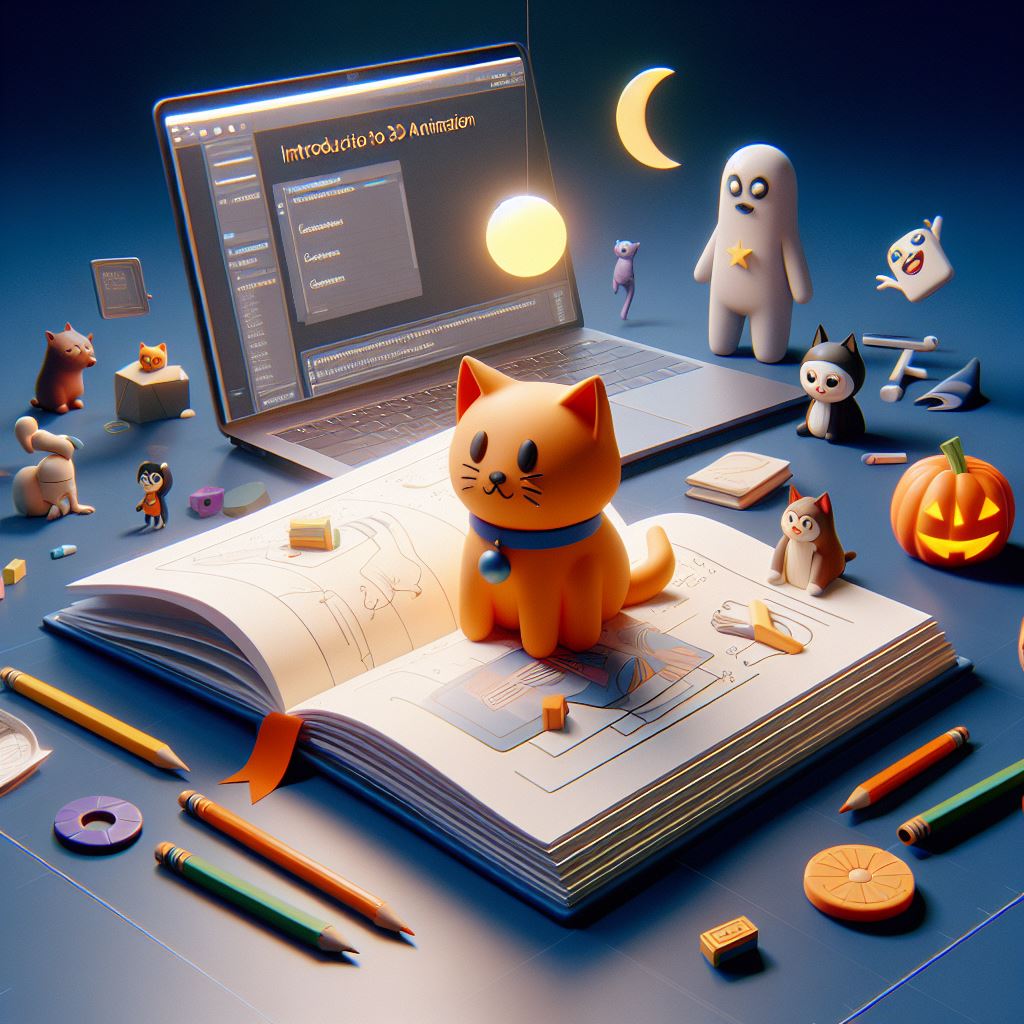
- Teacher: Nooreen Lallmamode

- Lecturer: MGI Admin
- Lecturer: Palvishee Jeewon- Veerasami

- Teacher: Nooreen Lallmamode

Introduction to 3D CGI Animation
A comprehensive 10-week beginner's exploration into the captivating world of 3D animation, this course encompasses fundamental concepts and hands-on practice. Students delve into the history of animation, basic principles, and the evolution into the digital age. Starting with an understanding of 3D space and the mathematics behind modeling, the curriculum swiftly moves to practical skills in top industry software, like Autodesk Maya or Blender. Participants learn to design characters, environments, and props, followed by rigging, which involves setting up a framework for movement. Texturing brings creations to life with realistic surfaces, while lighting techniques add depth and emotion to scenes. Instruction on animation itself covers keyframes, timing, and motion paths. In the latter weeks, the course shifts focus to complex animation strategies, such as dynamics for natural phenomena like fluids and cloth, and particle systems for effects like fire and smoke. The instruction culminates in a project where attendees conceptualize, storyboard, animate, and render a short sequence, showcasing the techniques learned. Networking opportunities, feedback sessions, and portfolio development round out the curriculum, providing a solid foundation for aspiring 3D animators.
Learning objectives:
The learners in this course are expected to be able to:
- You will create original 3D models by applying mathematical concepts of three-dimensional space, ensuring that your designs are both aesthetically pleasing and geometrically sound.
- You will demonstrate advanced skills in rigging and skinning, allowing you to prepare intricate characters and objects for realistic motion within a 3D environment.
- You will evaluate various texturing and lighting techniques to enhance the visual storytelling of your animations, applying these methods to produce scenes with rich, immersive atmospheres.
- You will create a short animated sequence that synthesizes your knowledge of 3D animation principles, software proficiency, and artistic design, showcasing your ability to produce a coherent and engaging piece from concept to final render.
Course Facilatator
Leena Ramduth
Senior Lecturer
E-mail: l.ramduth@mgirti.ac.mu
Profile: University link
Assessment scheme:
- Continuous assessment: 50%
- Project assessment: 50%
- Teacher: Leena Ramduth
- Teacher: Roubina Rampersad

This introductory module in Art Education is designed for aspiring art educators and art professionals seeking an immersive experience in teaching art and design. The programme is tailored to equip students with the elementary knowledge and skills to delve into the fundamental theories of art pedagogy. By offering them with a comprehensive overview of important theoretical frameworks and teaching strategies relevant to the field of Art and Design at Secondary level, the module aims at empowering students to create engaging, active learning environments.
The course starts with an overview on art education, progressing through teaching methods, curriculum development, and inclusive pedagogies that promote students’ centredness and cater to diverse learners’ needs. Participants will engage with differentiated instructions that foster creativity and innovation in the art classroom. Students will actively participate in hands-on activities, collaborate on projects and engage in reflective practice on a blended mode.
- Module Coordinator: Veemanda Curpen

This module serves to build upon the learners’ skills and knowledge to prepare them for their future career in their specialist area. Learners are expected to understand the dynamism of an agency, the different career paths available to them, and to prepare a creative portfolio as per industry demands.
- Teacher: Nooreen Lallmamode
